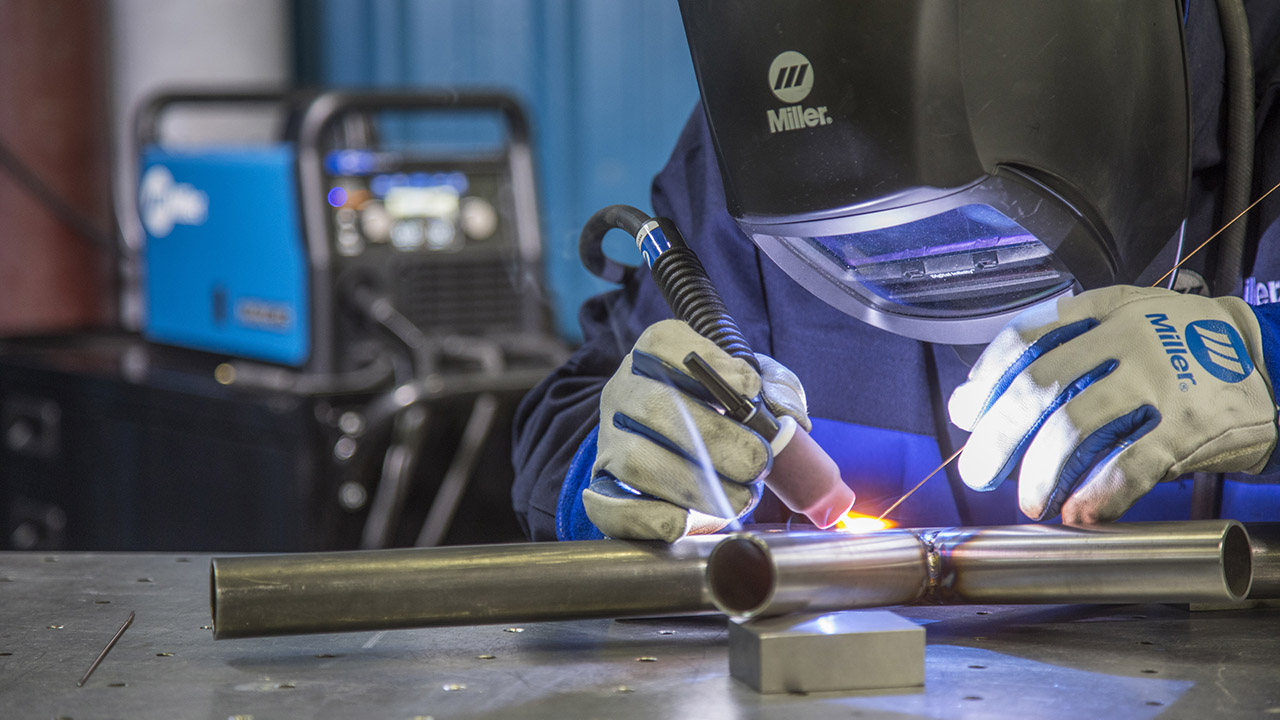Bonding WPS for Beginners: Beginning with Welding Procedure Specifications
Bonding WPS for Beginners: Beginning with Welding Procedure Specifications
Blog Article
The Ultimate Guide to Welding WPS Procedures: A Detailed Summary for Welders
In the elaborate world of welding, Welding Procedure Specifications (WPS) act as the backbone of making sure high quality, consistency, and safety and security in welding operations. Comprehending the nuances of creating, implementing, and monitoring WPS treatments is necessary for welders aiming to boost their craft and satisfy industry requirements. As we dive into the numerous parts of a WPS and discover the details of credentials and qualification, we will certainly reveal the essential role these treatments play in the realm of welding. Let's start a trip to decipher the intricacies and importance of WPS treatments in welding methods.
Significance of WPS Procedures
Comprehending the relevance of Welding Treatment Specifications (WPS) procedures is vital for making certain the top quality and integrity of bonded structures. WPS treatments function as a roadmap for welders, laying out the needed actions, specifications, and materials required to attain a sound weld. By adhering to WPS standards, welders can make certain uniformity in their job, resulting in reputable and structurally sound welds.
One of the main factors why WPS treatments are vital is their function in maintaining weld high quality and stability. Complying with the defined welding specifications and techniques described in the WPS aids stop problems such as porosity, breaking, or insufficient blend, which can compromise the strength and resilience of the weld.

Elements of a WPS
A Welding Procedure Spec (WPS) typically consists of necessary parts that detail the details needs for performing a weld, guaranteeing uniformity and top quality in the welding procedure. The key parts of a WPS include necessary variables such as base steels, filler steels, interpass and preheat temperature levels, welding processes, securing gases, welding settings, and post-weld warmth treatment needs.
Base metals refer to the materials being joined, while filler metals are used to fill the void between the base steels throughout welding. The welding procedure outlines the particular strategy to be used, whether it's gas steel arc welding (GMAW), protected metal arc welding (SMAW), or an additional approach. Welding positions specify the alignments in which welding can be carried out.

Credentials and Qualification
Having developed the crucial components of a Welding Treatment Spec (WPS), the emphasis currently moves in the direction of the important facets of certification and qualification in welding practices.

Certification, on the various other hand, is the official acknowledgment of a welder's certifications by a pertinent accreditation body or company. Welding certifications are typically based upon the certain welding procedures, products, and placements a welder is certified to work with. Holding a legitimate welding certification shows that a welder fulfills sector standards and is experienced to carry out welding tasks to the required specifications.
Developing a WPS
To establish a Welding Procedure Specification (WPS) that satisfies industry criteria, mindful consideration of welding processes, materials, and operational criteria is vital (welding WPS). The first Source action in developing a WPS is to determine the welding process to be used, such as gas metal arc welding (GMAW) or protected steel arc welding (SMAW) Once the welding process is established, the next essential element is selecting the ideal products, thinking about variables like base steel kind, density, and joint style. Functional criteria such as welding current, voltage, traveling rate, and securing gas structure must additionally be carefully specified in the WPS.

Applying and Keeping Track Of WPS
Upon completing the comprehensive Welding Procedure Spec (WPS) that thoroughly information welding procedures, products, operational specifications, and quality assurance actions, the emphasis changes to successfully carrying out and keeping track of the well-known procedures. Execution includes making certain that all welders entailed in the task are familiar with the WPS and follow it thoroughly during the welding procedure. Efficient implementation and monitoring of the WPS are crucial for ensuring the integrity, strength, and safety and security of the welded joints, inevitably adding to the total success of the welding project.
Conclusion
To conclude, understanding and adhering to Welding Procedure Specs (WPS) is vital for welders to guarantee high quality, uniformity, and safety in their job. By knowing the components of a WPS, obtaining proper certifications and accreditations, creating detailed treatments, and executing and monitoring them efficiently, welders can improve their abilities and effectiveness in welding techniques. Adhering to WPS procedures is vital for creating top notch welds and conference sector requirements.
In the complex world of welding, Welding Treatment Requirements (WPS) offer as the backbone of making certain high quality, consistency, and security in welding procedures. The welding procedure lays out the certain method to be made use of, whether it's gas steel straight from the source arc welding (GMAW), secured metal arc welding (SMAW), or another approach.To develop a Welding Procedure Specification (WPS) that satisfies sector criteria, cautious consideration of welding processes, materials, and functional criteria is crucial. The first step in creating a WPS is to identify the welding procedure to be utilized, such as gas steel arc welding (GMAW) or protected steel arc welding (SMAW)Upon wrapping up the extensive Welding Procedure Requirements (WPS) that meticulously information welding processes, materials, functional criteria, and top quality assurance procedures, the emphasis moves to successfully executing and checking the established procedures.
Report this page